Even though you got your customer retention on point, sooner or later, some members will start to churn.
There are several reasons for leaving a subscription and it’s your job to know why your subscriber chose to leave your service – and you need to store this information at an individual customer level. A way to keep this organized is dividing churning customers into five groups:
- Those who are intentionally pushed away
- Those who are unintentionally pushed away
- Those who are pulled away
- Those who are bought away
- Those who move away
We intentionally push customers away for different reasons – perhaps they don’t fit our customer profile, perhaps we lose money on them. Or perhaps customers churn because they no longer need the product or service (moved away).
These customers might not be as easy or desirable to win back as customers that have left either because we didn’t meet their expectations (unintentionally pushed away) or because they were pulled or bought away by our competitors. Knowing the reason for churn is likely to prove valuable in grading lost customers and determining their win-back attractiveness for the future.
Step 1: Segment and grade lost customers in terms of win-back attractiveness
You need to record the reason for leaving whenever a customer leaves your business. One good way is to conduct an exit interview. Phoning customers, sending them a questionnaire by e-mail, or having the reason for leaving built into the online cancellation flow shows them that you care about the relationship and are keen to understand why they left. Not only will this provide valuable insight, it will also make the churning customer more enthusiastic next time you contact them.

Step 2: Implementér en plan til at vinde tabte kunder tilbage
Once you have decided which customers to win back, you should move on to defining and implementing your win-back plan. Your win-back plan should take into account a number of factors. You need to decide when and how often you will contact former customers, what message to send, and which sales channels to use.
When and how often you should contact your ex-customers will vary a great deal from business to business and industry to industry. Some companies and industries contact lost customers many times a year, while others take a more modest line. However, you should take into account your customers’ buying habits and circumstances. For instance, if you sell mobile telephone subscriptions, you will often find that customers who have churned immediately shift to one of your competitors, since customers commonly need one, and just one, mobile subscription.

In designing your win-back frequency plan you should take into the account the contract length that is normal for mobile subscriptions in your market. If the normal contract length is one year, you might design your win-back plan so that you contact former customers eleven months after they have left you.
Step 3: Put time into sending the right message
You need to plan what message you will use when contacting your lost customers. Your win-back message might contain some or all of the following points:
- Acknowledgment of the customer’s past affiliation with your business
- Discussion of improvements and changes made since the customer left
- Emphasis on the ease with which the customer can re-engage
- Perhaps provision of a financial or other incentive for re-engaging
The key thing here is that the churned customer should be recognized by your business as a former customer, one that you miss and will do all you possibly can to win back. Perhaps you will even be able to personalize your win-back message using the data you have about their history as a customer and their reason for leaving. If so, your win-back message will be so much more powerful. But even if your win-back message is standardized for all ex-customers, it is probably still an efficient means of winning back customers.
Step 4: Choose your sales channel
Lastly, you must decide which sales channels to use when contacting lost customers in order to win them back. In carrying out your win-back activities you will probably use some of the same sales channels you use when acquiring new customers. If you use e-mail marketing as a sales channel for prospective customers, it is very likely you will also find it profitable to use e-mail marketing for win-back activities.
However, you need to consider that when it comes to customer win-back it is important for your sales approach, and hence your use of sales channels, to be as personal as possible. Be careful not to spam your former customers with repetitive win-back messages via e-mail on a weekly or monthly basis just because it is cheap and easy to do.

Step 5: Evaluate which channels are working best
Once you have implemented your win-back plan, you will find that some of your win-back initiatives are working better than others. Some messages will perform better, some customer segments will have higher hit rates, and some sales channels will outperform others. You, therefore, need to constantly measure, evaluate, and refine your win-back plan to improve win-back results.

One question is how to measure the effect of your win-back initiatives. The most straightforward measure is hit rate: This is how many former customers you win back through a given activity. However, a more precise measure is the value of the win-back sale. An even more sophisticated measure is the lifetime value of the re-engaged customer. By calculating the value of the sale or the lifetime value of customers, you can compare these to the acquisition costs associated with your win-back activities and assess whether you are prioritizing the right segments, the right messages, and the right sales channels.
Constantly refining your win-back plan will help ensure that you get the most out of one of your most valuable assets – the customers you once had.
Get more insights and guidelines for your subscription business, in our free e-book:


